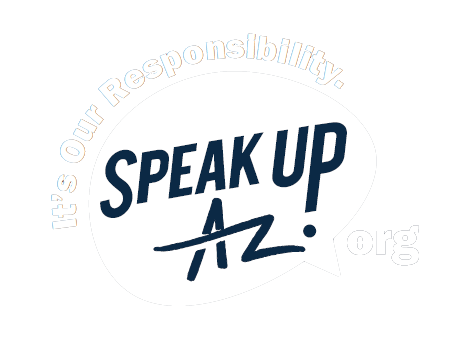UI Benefit Claims - How Your Taxes Fund Benefit Payments
The cost of any benefits paid to a claimant is met by that claimant's former employers. Employers who paid wages to a claimant in the base period of the claim share the cost of the benefits paid to the claimant through "charges" made to their experience rating accounts. Charging your account for the payment of benefits to a former worker means that the total amount of taxes you have paid on your account is reduced by the total amount of benefits charged to your account when your tax rate for the next calendar year is calculated.
Benefits are charged in proportion to the percentage of wages you paid to the claimant in the base period compared to those paid to the claimant by other employers in the base period. For example, if you paid 100% of the wages during the worker's base period, your share of the charges is 100% of the benefits paid. If you paid 25% of the wages, your share of the charges is 25%. The maximum amount charged for regular benefits cannot be more than one-third of the amount of the wages you paid in the claimant's base period. (During a period of high unemployment when extended benefits are paid, the maximum amount may increase. See Extended Unemployment Benefits.)
Quarterly Notice of Benefit Charges - A "Benefit Charge Notice" (UC-602-A for tax-rated employers; UC-602-B for reimbursement employers) (view UC-602-A Sample 298 KB PDF and UC-602-B Sample 297 KB PDF) is mailed to you quarterly if unemployment benefits have been paid to former employees in the previous quarter and charged to your unemployment tax account. The notice lists the names and Social Security Numbers of your former employees who were paid benefits during the quarter. It also lists the amount of wages you paid the claimant in the base period of the claim, and your share of the cost of those benefits (the amount you are charged). If a previous charge was reversed during the quarter, the notice also lists a corresponding credit to your account.
The quarterly charge notice is not a bill, but simply an accounting of charges made during the quarter. (Benefit charges are one of several factors that can cause your tax rate to increase in subsequent years.) Before your account is charged for these benefits you will have been sent a "Notice to Employer" (UB-110) (UB-110 Sample 105 KB PDF), which gave you the opportunity to protest payment of the benefits. You are also provided the opportunity to appeal any determination you received as a result of a timely protest.
You should carefully review each Benefit Charge Notice for any clerical or mathematical errors, and submit information in writing within 15 days of the date of the notice if:
1. An individual on the list was not your employee;
2. You have not received a response to your reply to a "Notice to Employer" (UB-110);
3. Your account is being charged for payment of benefits although you received a non-charge determination;
4. Work is available and you wish to offer employment to a former worker;
5. An individual listed has refused an offer of work from you;
6. You believe an individual is currently working or otherwise not entitled to benefits.
Information you provide will result in a review of our records. You will receive a reply advising you of any corrections made or explaining the reason for the charge.
Reimbursement Employer Billings - If you qualified for and elected the Reimbursement Payment Option, you will be mailed a "Statement of Account" (UC-145) in addition to the "Benefit Charge Notice" (UC-602). This statement shows the amount owed for your proportionate share of benefits paid. Your payment is due on or before the last day of the second month following the end of the quarter in which the claims were paid.
You are responsible to pay the actual dollar amount of your share of benefits paid. Unlike tax-rated employers, you do not pay quarterly taxes on the wages you pay your workers. The process of charging or non-charging benefits paid does not apply to a reimbursement employer (See Determining Eligibility for Unemployment Benefits.)
Related Topics:

